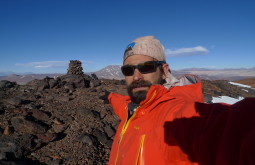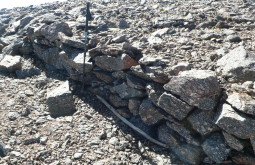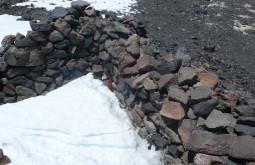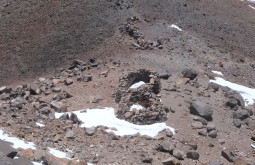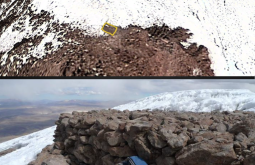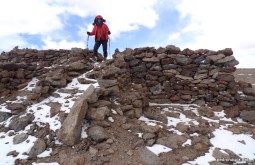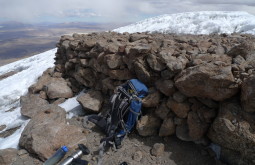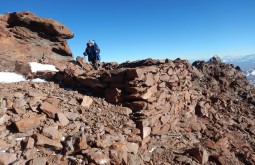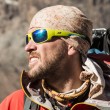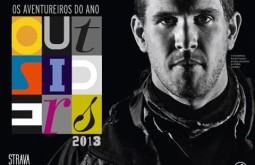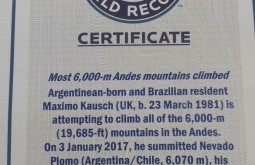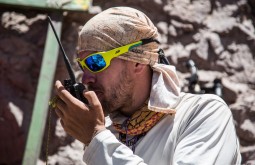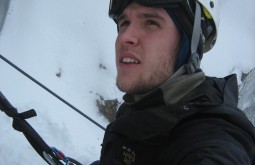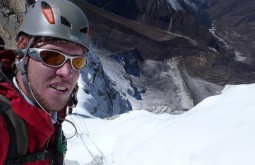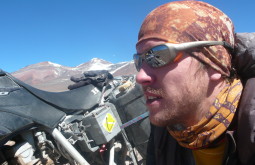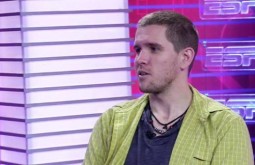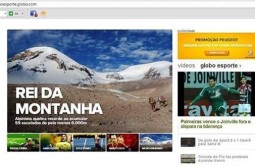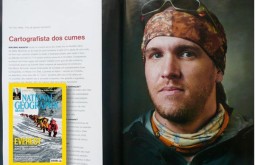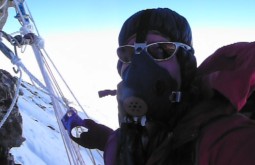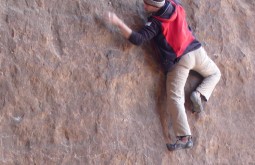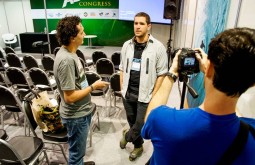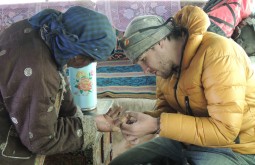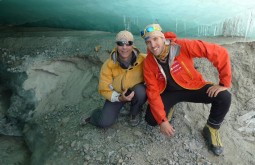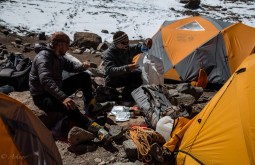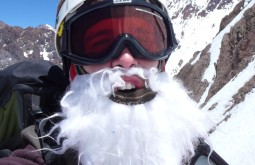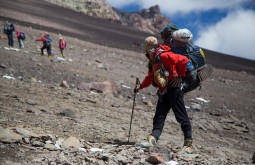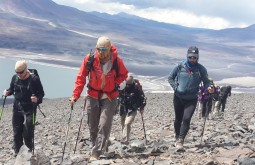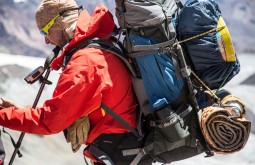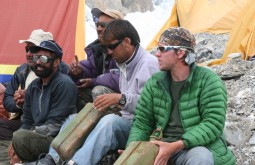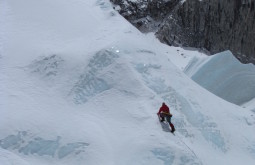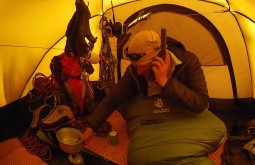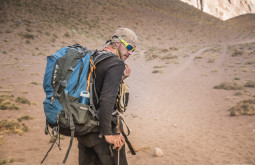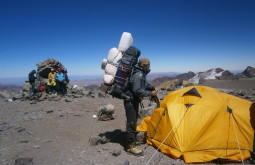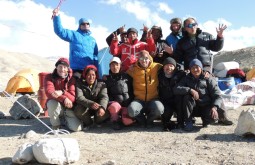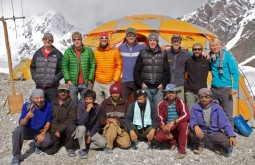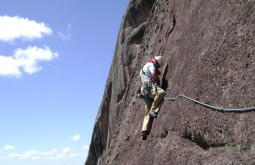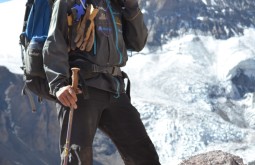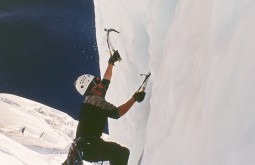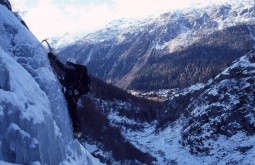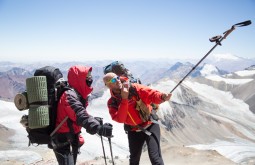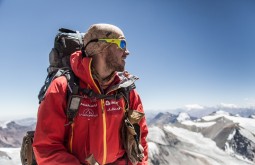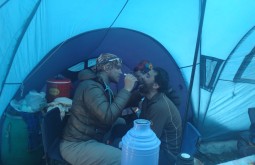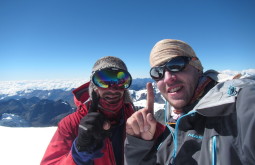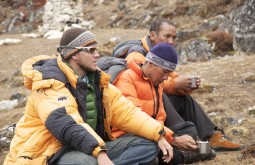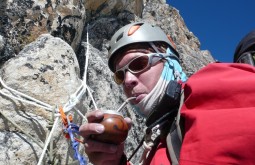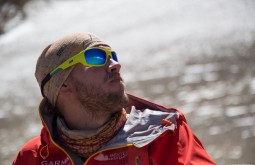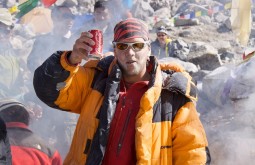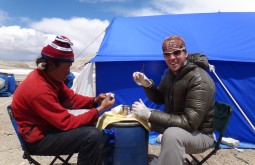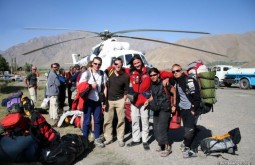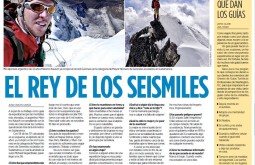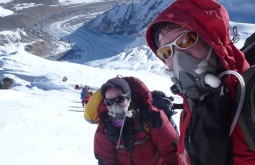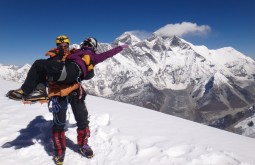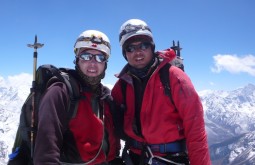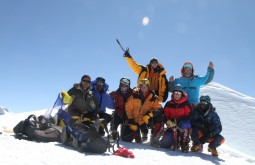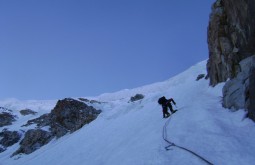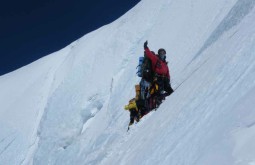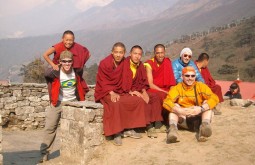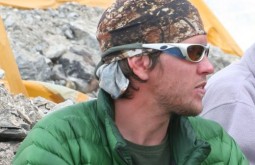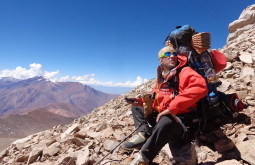Unclimbed 5000 metre peaks - 15 days
About
Unclimbed 5000 metre peaks - October until AprilAfter 4 successful seasons (2018, 2019, 2022 and 2024) we’ve opened the 2025 bookings!
- 16 March 2025 until 26 March 2025
This is the result of a 4-year research conducted by our expedition leader Maximo Kausch and the British Ph.D. in physics Dr Suzie Imber. It all started with Maximo researching on 6000 metre independent peaks. It took him 3 years to establish a final list of Andean 6000 metre peaks (total of 104).
After deciding to actually climb them all, he noticed many unknown 5000 metre peaks in the surrounding areas. With the aid of Suzie Imber, the designed a computer routine capable of finding elevations with specific features and finally establishing a final list of all absolute 5000-metre peaks in the Andes: the total of 1174. The rule used was the percentage of ‘dominance‘, created by the German researcher Eberhard Jurgalski. Dominance is basically a relation between the high of a peak and a minimum necessary prominence to make the same peak ‘independent’ of other in a landscape:
% Dominance = ( Prominence / Peak altitude ) x 100
Anything above 7% we consider an independent or absolute peak. There are 104 x 6000-metre peaks in the Andes and 1174 above 5000 and below 6000. Once they had all positions, heights and dominance results of all 65,000 significant elevations in the Andes, it was time to work on the names. This job took a very long time and even involved interviewing climbers and investigating data from geographical military institutes. Most of the unclimbed peaks in the Andes don’t have names. Although there are some unclimbed peaks which are named, our focus is on the unnamed ones. The opposite might happen, however, is very uncommon.
Currently there are between 40 and 60 unclimbed independent 5000 metre peaks in the Andes. We have selected a region with a higher concentration of these and will explore it again in late March, 2019. This will be our third exploring expedition in the area. During our previous explorations we have climbed 5 of these, including the ex-highest unclimbed peak in the Andes, Mt Parofes 5845 metres high.
Incan Ruins:
Although these peaks might be unclimbed by modern civilisation, there is a big chance we might find signs of previous Incan explorations. Usually these signs are found at the top of mountains as 10 x 5 metre platforms or 1 metre tall rock cairns. These are some samples of previously found ruins:
Now let’s talk about what’s planned for 2025:
Chile Unclimbed Peaks – Atacama Desert
Requirements to join this trip are:
- International Travel Insurance;
- Altitude climbing experience;
- Be healthy and fit enough;
- Be open and flexible to all challenges we might find (and overcome);
- Fill the booking and medical form;
- Read all the information available on this website.
Related News
- Rock and Ice: Kausch Breaks Record for 6000m Peaks Climbed in Andes
- Mount Everest Foundation: Nameless Peaks of the Andes – Suzie Imber and Maximo Kausch
- National Geographic: Mountain cartographer
- Explorers Web: Maximo Kausch going for all 6000ers in the Andes
- The BMC: BMC member’s quest to climb all Andean 6,000m peaks
- American Alpine Journal: Mt. Parofes and Other Volcano Ascents
- Leicester University: Discovery-led learning: Academic follows passion for adventure with aid from supercomputer
- Leicester University: University of Leicester mountain climber scales new heights to advance science
- Leicester University: Lecturer treks the unknown mountains of South America
- Maximo Kausch's mapping study reveals 138 unclimbed Andean peaks: Maximo Kausch’s mapping study reveals 138 unclimbed Andean peaks
- INTERVIEW: Maximo Kausch will guide unclimbed mountains: INTERVIEW: Maximo Kausch will guide unclimbed mountains
- Measurement helps to confirm 'new' 6000 metre peak in Bolivia: Measurement helps to confirm ‘new’ 6000 metre peak in Bolivia
- Maximo Kausch has an archeological find at 6000 metres: Maximo Kausch has an archeological find at 6000 metres
- Alta Montanha: Mountaineers start a climbing trip to the Andes and they are after unclimbed peaks
Itinerary
Unclimbed 5000 metre peaks - 15 daysDay 1 – International Flight
Day 2 – Arrival to Copiapo – 800m
Included: transport and hotel
We’ll pick you up at the airport, 50km away from Copiapo. In the same day we will check your personal equipment, making all final adjustments and shopping if necessary. Today we’ll have our first dinner together and meet the rest of the team.
Day 3 – Copiapo – Laguna Santa Rosa Hut – 3700m
Included: Breakfast, transport, lunch, and dinner
After a 210km drive, we’ll sleep in a small mountain hut at the edge of a beautiful salty lagoon called Santa Rosa.
Day 4 – Acclimatisation climb up Siete Hermanos (4,780m)
Included: Breakfast, lunch, and dinner
We’ll climb Siete Hermanos up to its summit or go as high as we can depending on the team’s condition. This is a fairly ‘low’ 4780m peak near Laguna Santa Rosa.
Day 5 – Drive to Hot Springs (4,100m)
Provided: Breakfast, packed lunch, dinner, 4WD vehicle.
After a nice and generous breakfast, we’ll drive to Hot Springs.
Days 6 to 11 – Hot Springs – God Knows…
Included: 4WD approaches, tents, 2 meals/day, tons of fun!
This is when the fun starts. We just don’t know what will happen. Expect anything! We have selected 3 unclimbed 5000- metre peaks in the Area. Approach, climbing, and routes will depend on the group’s performance, weather, conditions, terrain, etc.
Day 12 – Drive to Bahia Inglesa
Included: transport and hotel.
Day 13 – Rest Day at Bahia Inglesa
Included: Hotel.
Day 14 – Flight back home
Day 15 – Arriving home
** The above itinerary is subject to change due weather conditions, performance of the group, political/administrative problems and any other events not described. And don’t forget we are going to an exploratory expedition, so anything can happen!
Equipment
Having good mountaineering equipment is one of the key points to have a successful expedition. Please note all your personal equipment will be checked by one of our guides in the hotel. There are no rental shops in Copiapo or Santiago. If your intention is to rent mountaineering equipment, no problem, we can rent it for you in Mendoza but we need to know all your sizes in advanced. Find out rental prices in our FAQ.
Head
-
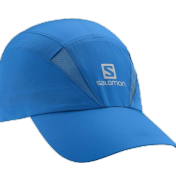
Hat or cap
For sun protection
Quantity: 1 -
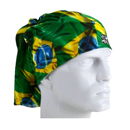
Bandana
Buff or similar
Quantity: 1 or 2 -
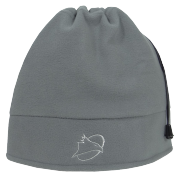
Hat
Woollen hat or similar for cold days
Quantity: 1 -
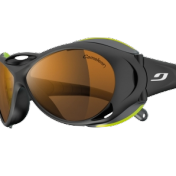
Sunglasses (cat 3 or 4)
With side protection to fit your face
Quantity: 1 -
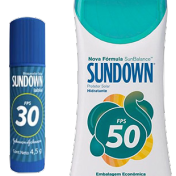
Sunscreen and lip balm
30 FPS or more
Quantity: 1 -
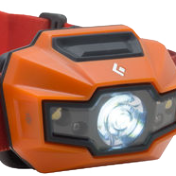
Headtorch
Working headtorch and spare batteries
Quantity: 1
Torso
-
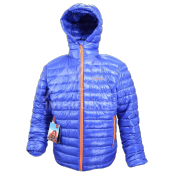
Light down jacket
Quantity: OPTIONAL
-
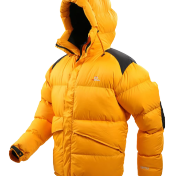
Summit Down Jacket
Heavy hooded down jacket for cold conditions
Quantity: OPTIONAL -
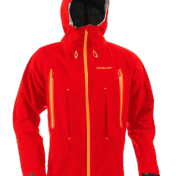
Snowproof jacket
A good snow, rain and windproof jacket
Quantity: 1 -
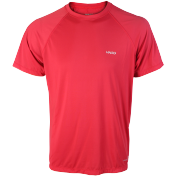
T-shirt
Synthetic fibre long or short sleeve t-shirt
Quantity: 2 long sleeve -
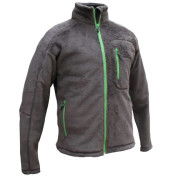
Fleece jacket
Used alone or as part of a layer system for better performance
Quantity: 1
Legs
-
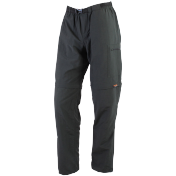
Trekking pants
Light trekking pants
Quantity: 1 o2 2 pairs -
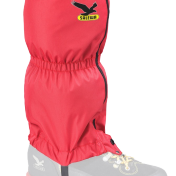
Gaiters
For snow, sand or scree terrain
Quantity: 1 pair -
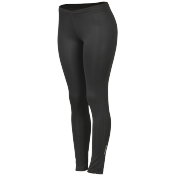
Base layer pants
For very cold days and summit push
Quantity: 1 -
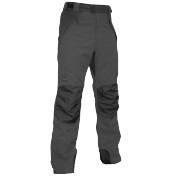
Snowproof pants
Goretex or similar pants will be used for high wind or during snow conditions
Quantity: 1 -
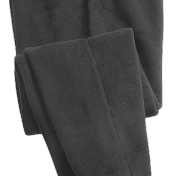
Fleece Pants
Fleece, polartec or similar. To be used with other layers for very cold conditions
Quantity: 1
Hands
-
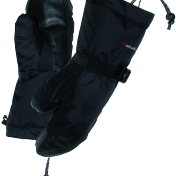
Mittens
Thick down mittens for summit push
Quantity: OPTIONAL -
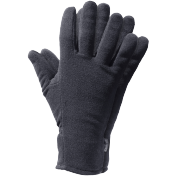
Gloves
Fleece or polartec gloves for every day use
Quantity: 1 pair
Feet
-
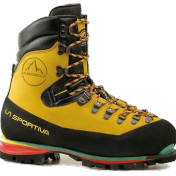
Single layer boots
Any single layer boot such as Nepal Extreme, Latok, Batura, pro Thermic Salomon, Super Mountain 9 Salomon, etc
Quantity: 1 pair -

Sandals or crocs
Sandals or crocs for river crossing or hanging around camp
Quantity: 1 pair -
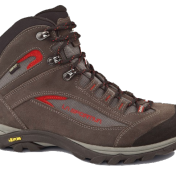
Trekking boots
Waterproof trekking boots, try wearing them before the expedition
Quantity: 1 pair -
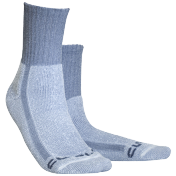
Trekking socks
Good thick trekking socks
Quantity: 5 pairs
Technical equipment
-
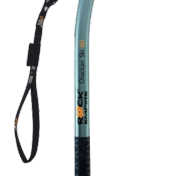
Ice axe
A traverse ice axe (piolet). Can be a straight tool or slightly curved.
Quantity: 1 -
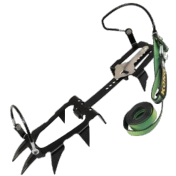
Crampons
Crampons with antibott system
Quantity: 1 pair
Other Equipment
-
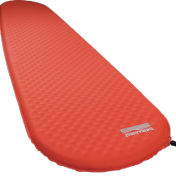
Inflatable matress
An inflatable mattress and its repair kit
Quantity: OPTIONAL -
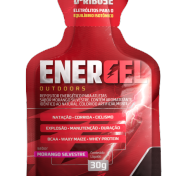
Carbo gels
These gels help out on recovery
Quantity: 4 -
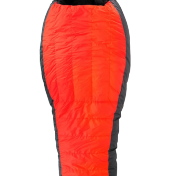
Sleeping Bag
A good down sleeping
Quantity: -15C (Comfort temperature) -
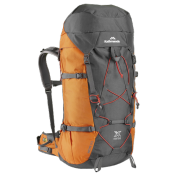
Rucksack
A decent rucksack with hip belt and rain cover
Quantity: 50 litres or larger -

Altitude medicine
Our guides already have pretty much any drugs you might need during any trip. However, it would be great if you could have a spare tab of the most used drugs:
Ibuprofen (Advil)– This is an anti-inflammatory and works great for high altitude head aches
Quantity: kit
Loperamide (Imodium) – controls diarrea (not to be used in case of digestive infections. Ask our guides) -
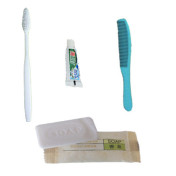
Personal Hygiene kit
Soap, tooth brus, come, etc
Quantity: kit -
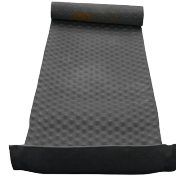
Sleeping mattress
We prefer taking 2 foam sleeping mattress because of sharp rocks. If you have an inflatable mattress you should also bring a foam mattress to protect the inflatable one against sharp rocks. Don’t forget bringing a repair kit if you have an inflatable mattress.
Quantity: 2 -
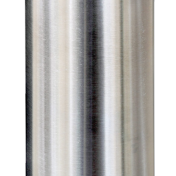
1 litre thermos
Metallic good quality 1 litre thermos for the summit push. You must have one. Please do not bring smaller ones.
Quantity: 1 -
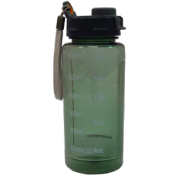
Water bottle
Nalgene 1 litre bottles or similar are great for expeditions! We prefer to not use camelbacks as its hose pipe might freeze
Quantity: 2 x 1 litre -
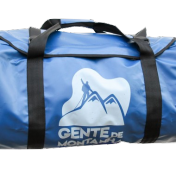
Duffel Bag
Used to transport or store your equipment. In many cases, we transport your personal gear on animals and we don’t want your equipment to get wet or have mule smell…
Quantity: 1 -
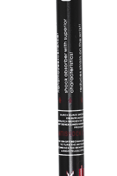
Trekking poles
Gives you more stability during walk and summit push.
Quantity: 1 or pair
FAQ
How many peaks will we climb?
This will depend on approaches, weather conditions, etc. But we will hardly climb more than 2 peaks.
What if we get to the top and we find out they aren’t unclimbed?
There is no way to be 100% sure they are unclimbed, this is the beauty of it. We have to get to the top in order to find out. The peaks we chose are very likely unclimbed.
Where should I fly to?
The best way to get to Copiapo is to fly to Santiago (usually via LAN Chile) then take a secondary flight (usually via Sky Airlines) to Copiapo. The second flight can be very cheap. Also, search for flights from your home country to Copiapo. LAN does the connection and it might be cheaper sometimes.
What are the huts like?
Laguna Santa Rosa has a very nice hut run by a local agency who keeps it clean. It has a toilet and beds. This is where we’ll acclimatise.
Can I rent equipment in Copiapo or Santiago?
No, you can’t. However, we can rent it for you in Mendoza and bring it to you in Copiapo. If your intention is to rent any equipment, please let us know as soon as possible. If you need rental boots, no problem, we need you to draw the contour of your foot on a blank A4 sheet of paper, scan it and then email it to us.
Can I exchange money in Copiapo?
Yes. There are exchange offices that buy US dollars, sterling and euro in Copiapo. Best rates are in US dollars.
There is communication on the mountain?
Yes! At any time you can use our satellite phone. The calls cost U$3/minute. Throughout the expedition we will post daily updates to our Facebook page via SPOT satellite.
Would you guys call my family and tell them I’m alright?
Of course! Even better! We have a blog that is updated every day! We normally post messages or photos about the expedition progress. Please visit our Facebook page and check the latest posts.
Can I charge my iPhone battery or my camera?
Yes! We have solar panels to charge batteries, iPods, etc. Of course this changes when there’s not enough sunlight. Car 12V DC plugs are also an options while our vehicles are on the move.
What if I abandon or quit the expedition?
If you quit the expedition 1 week before departure, it is possible to recover part of your investment. Contact us and find out more.
If you quit the expedition in Copiapo, you can continue enjoying the services we provide you such as transportation and hotel. However we can not pay back the money you invested because logistics will already be hired.
If you quit the expedition after we left Copiapo, you will have to cover individual transportation and accommodation costs. Everyone who leaves the expedition for personal or health reasons, should pay these costs.
If you give up during the summit attempt, you will never have to go down alone. Usually we coordinate your descent with more expedition members. One of the guides will always be with you.
To leave San Francisco, one of our vehicles will have to travel 600km to make a roundtrip to Copiapo. Fuel, maintenance and guide’s expenditure must be covered in case you wish to return home.
Can pay for rental equipment with a credit card?
No, this must be paid in US dollars to our guides.
How much does the climbing permit costs?
There is a required permission to climb San Francisco called DIFROL. This has no cost and is carried by the expedition leader.
What if I have a special diet?
Please tell us in advance about any food issues you might have and also please remind our guides about it too. Unless you bring your own food, we cannot help you if you are macro-biotic, vegan or celiac due to extreme logistical difficulties. Contact us and let us know about your food restriction.
What if I have a health problem?
Our leader Maximo Kausch has extensive experience in mountain medicine and can solve most of problems you might encounter.
What if I need a rescue?
All our guides are trained rescuers and experienced in rescues on big mountains. Rescues can be made with one of our 4WD vehicles, this way you can get to a hospital in a few hours.
Do you recommend the use of Diamox?
NOT for the Central Andes. In extreme altitudes like the Himalayas or Karakorum we do recommend using Acetilzolamide or Diamox. This drug seems to actually work during the acclimatisation period by increasing the breathing rate at night (reduces CO2 levels), and also is a diuretic which eliminates sodium out of your system. In the Andes mountains however, mountains are too dry and taking diuretics such as Diamox actually decrease your acclimatisation capacity.
I was climbing in Peru before and I had a hard time communicating to my guide. Do your guides speak any english?
Yes, our leader Maximo Kausch has lived in the UK for 10 years and speaks fluent english. Please check our team’s information and find out about our guides’ communication skills.
What’s the temperature my sleeping bag should stand?
We recommend you to bring good down sleeping bags with comfort temperature of -10 up to -15. Please note there are 2 types of temperatures shown in most of sleeping bags. We’re focusing on the “comfort temperature”.
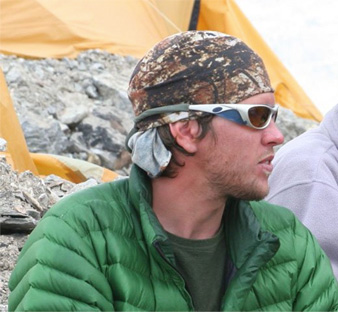
View our photos of Maximo Kausch:
Related links about Maximo Kausch:
- Guinness World Records: Most 6000-m Andes mountains climbed
- Rock and Ice: Kausch Breaks Record for 6000m Peaks Climbed in Andes
- Mount Everest Foundation: Nameless Peaks of the Andes – Suzie Imber and Maximo Kausch
- National Geographic: Mountain cartographer
- Explorers Web: Maximo Kausch going for all 6000ers in the Andes
- The BMC: BMC member’s quest to climb all Andean 6,000m peaks
- Climbing Porn: Maximo Kausch builds “sofa” bouldering route at home
- American Alpine Journal: Mt. Parofes and Other Volcano Ascents
- Adventure Blog: Argentinian Climber Attempting All 6000 Meter Peaks In South America
- Leicester University: Discovery-led learning: Academic follows passion for adventure with aid from supercomputer
- Leicester University: University of Leicester mountain climber scales new heights to advance science
- Leicester University: Lecturer treks the unknown mountains of South America
- 8a.nu: Maximo Kausch beats the world record of 6000 summits in Andes
- BBC: Mountaineer wants to complete climbing marathon of the 117 highest peaks of the Andes
- BBC: Images of a mountain marathon while attempting a world record
- 4sports.ua: МАКСИМО КАУЧ ОТКРЫВАЕТ НОВЫЙ ШЕСТИТЫСЯЧНИК В БОЛИВИИ И СТАНОВИТСЯ ПЕРВЫМ В МИРЕ КТО ПОКОРИЛ 59 ШЕСТИТЫСЯЧНИКОВ
- Revista Vertical: ANDES 6000+ The unfinished list
- Reforma: The king of the 6000ers
- TARINGA!: A mountain marathon at the highest peaks of the Andes
- Desnivel: Maximo Kausch is halfway on his Andean project and ‘finds’ a new 6000er
Maximo Kausch
Founder and expedition leaderMaximo is sponsored by the following brands:
Language skills:
| English - native speaker |
| Spanish - native speaker |
| Portuguese - native speaker |
Maximo Kausch is one of the most accomplished climbers in the world. He is the current world record holder on number of 6000 metre peaks having reached the summit of 89 x 6000 metre peaks and climbed over 100 more extreme altitude worldwide. As expedition leader, Maximo has led several expeditions all over the world. He has climbed many 8000 metre peaks, including Mount K2 in Pakistan.
He was born in Argentina, raised in Brazil and lived over 10 years in the UK. Max is a full-time climber and guide. He literally spends most of his time in the mountains, mainly at the Andes and Himalaya. During his expeditions, Maximo has climbed some of the most remote mountains in the planet and visited at least 30 countries.
Max is a very calm person and focuses on safety and good acclimatisation plans during his expeditions. He is a trained rescuer and has extensive knowledge in high altitude medicine and medical emergencies. On his spare time, Maximo likes rock and mixed climbing in remote mountains.
In 2012 he started an unprecedented project alone and climbed 30 mountains over 6000 meters all alone. His project in now recognised as one of the main exploring projects in the Andes. Max wants to climb all 6000 metres peaks in the Andes by 2019, a total of 104. He has been to at least 11 x 8000-metre expedition at the Himalayas and has plenty extreme logistic experience. Over the years he has helped hundreds of clients to reach the summit of various mountains.
Awards
World Record: Maximo has recently become the record holder of the most number of 6000 metre peaks. He has been to at least 170 high altitude mountains over his 19 years of climbing experience.
More about Maximo Kausch
World Record on 6000 metre peaks
Map
Cost
Expedition cost varies depending on your group size, contact us to know payment methods.
- 2 persons USD 3870 per person
- 3 persons USD 3550 per person
- 4 persons USD 3500 per person
- 5 persons USD 3100 per person
- 6 persons USD 2820 per person
- 7 persons USD 3100 per person
- 8 persons USD 2780 per person
- 9 persons USD 2630 per person
- 10 persons USD 2850 per person
What’s included:
- Leadership of Maximo Kausch, world record holder on number of 6000 metre peaks;
- 1 to 4 assistant mountain guides, depending upon number or clients;
- Transport from/to airport;
- 3 nights in a 3-star hotels in Copiapo and Caldera – the rooms are shared by each two expedition members;
- 4Wd private transport;
- Use mountain huts;
- Use of tents;
- Use of medical kit and medical oxygen;
- Stoves and gas in all altitude camps;
- All meals outside Copiapo;
- Bureaucratic permissions (if necessary);
What is NOT included:
- Flights from/to Copiapo;
- Personal climbing equipment (check equipment tab);
- Money return in case you abandon the expedition;
- International travel insurance;
- Lunch and dinner in Copiapo;
- Reimbursement for loss or damage of your personal equipment.
